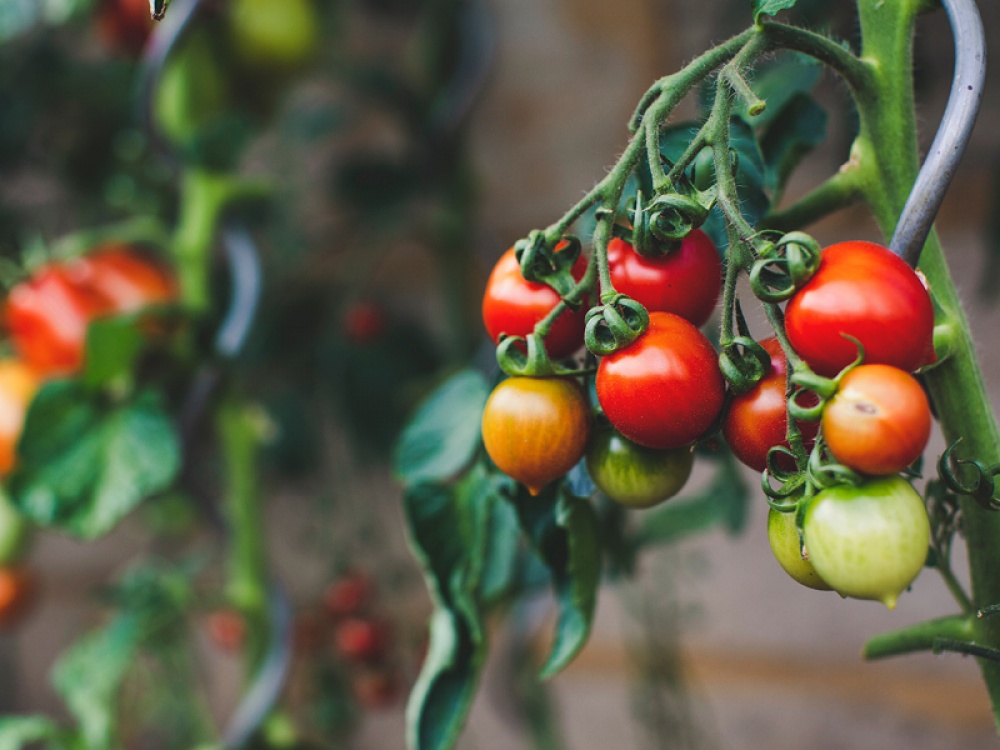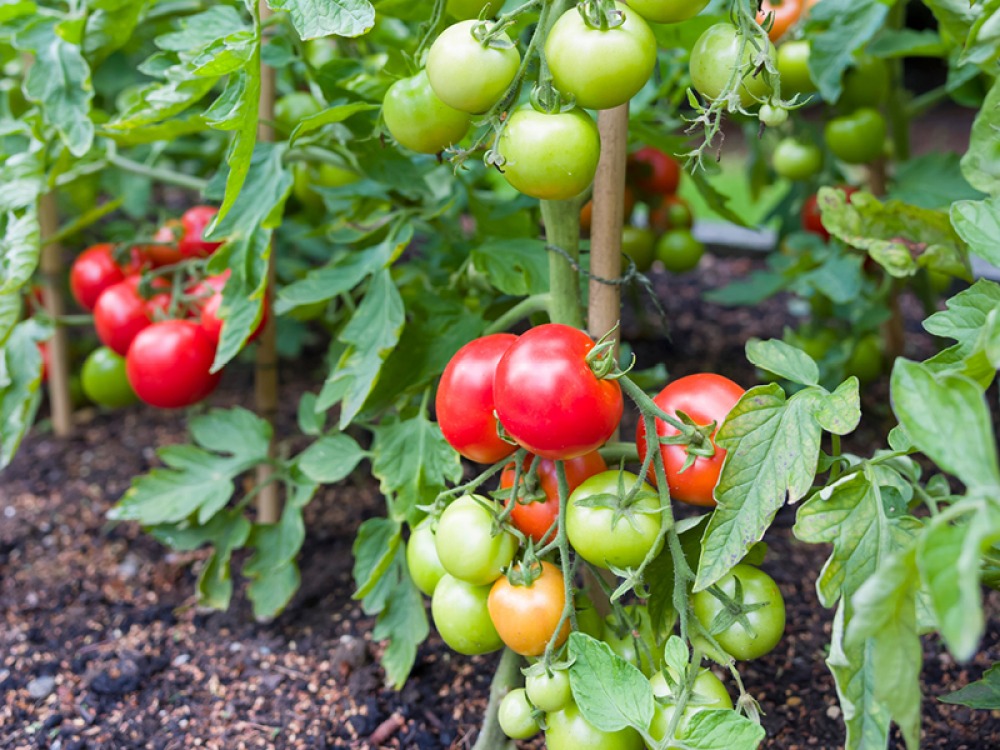Gardening Expert's Tips on How to Grow your Own Tomatoes

A tomato shortage is currently sweeping the nation's supermarkets
Poor weather overseas and soaring energy costs at home have been named as the cause of the tomato shortage currently sweeping the nation’s supermarkets. With shoppers unable to purchase their favourite produce, some may be considering how they can grow their own at home.
Luckily, growing your own tomatoes is a rewarding activity that almost anyone can do in a garden or even from a container on a balcony or windowsill. Here Matt Jordan, gardening expert for The Greenhouse People, shares his top tips for how to grow your own delicious and healthy tomatoes at home.
Read More: Seven Surprising Food Scraps You Can Use in the Garden

1. Choose the right tomato variety
Before you can begin to prep for growing tomatoes, you first must establish which tomato variety you want to grow. With over 10,000 varieties of tomatoes to choose from, it’s important you select one that is suited to your climate and the space you have available. Gardener’s Delight, for example, is one of the most popular varieties to grow thanks to its reliable properties and sweet, bite-sized cherry tomato fruits. Alternatively, grated tomato plant varieties might be more suitable for those looking for an abundant crop that won’t be affected by soil-borne diseases.
2. Prepare the soil
Once you’ve selected the right tomato variety, you’ll want to prepare your soil ahead of planting. Tomatoes favour well-draining soil, so work rich-in-organic-matter compost, aged manure, or other organic material into the soil to improve its fertility and drainage.
3. Start from seed
The cheapest and most efficient way to grow tomatoes is growing from seed. Right now – from late February to April – is the prime time to begin sowing tomato seeds. Tomato seeds need warmth to germinate (around 21 degrees celsius) and take on average between seven to 14 days to germinate. So, either leave them on a warm windowsill indoors or make the most of a greenhouse. Once germinated, the tomato seedlings can be transplanted into pots. Plant seedlings or transplants about two feet apart. Harvest times will depend on the variety of tomato plants and their level of care.
Read More: Top Tips For Looking After Your Allotment
4. Provide support
As your tomato plant grows, its fruits naturally become heavier. While this is a sign of a healthy harvest, the increased load can weigh down stems and put tomato fruits dangerously close to the ground, attracting pests such as slugs and increasing the chance of picking up soil-borne diseases. Damaged stems will also cause the plant to divert any energy into healing, leaving you with smaller tomatoes come harvest. Stakes, cages, and trellises can all be used to keep the plant upright and support the fruit. Supporting tomato plants early will ensure they are protected when they are most vulnerable to damage and avoids any headaches later on when the plants are already heavy.
5. Water regularly
Tomatoes require consistent watering – about an inch of water per week – and will need even more if they’re being grown in a pot. However, be wary of over-watering your tomatoes. Too much water can lead to root rot while irregular watering and fluctuating moisture levels can damage the tomato fruit, affecting the taste. Be sure to keep the soil moist, but not waterlogged. Watering at the base of the plant can help, taking care to avoid the leaves.
6. Fertilise appropriately
Fertilising can be a great way to boost plant growth and ensure a high yield come harvest. Tomatoes in particular benefit from regular fertilising since they need a lot of nutrition to produce healthy fruits. However, too much nitrogen can result in a plant with lots of foliage but few fruits. Use a fertiliser specifically formulated for tomatoes and feed once a fortnight once the first flowers begin to show, increasing water and feed as the tomato fruit increase in size. If you’re unsure, make sure to follow the fertiliser package instructions for the best results.
greenhousepeople.co.uk










